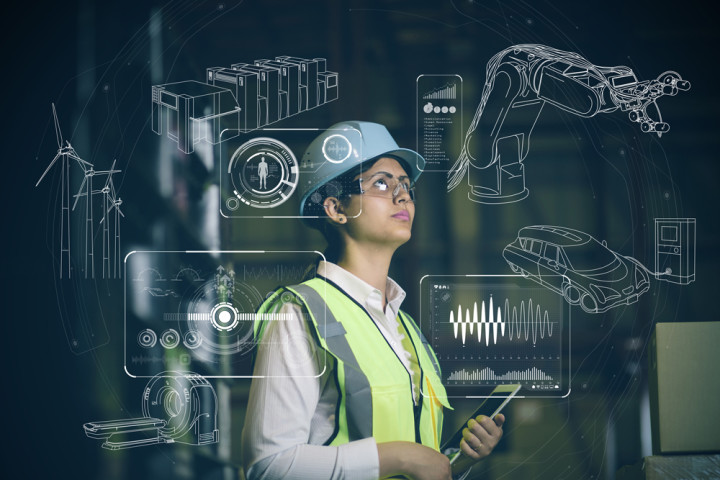Collaborative robots: a helping hand for industry
Collaborative robots can help the body in other ways. Robotic exoskeletons can help ease the life of the disabled and the elderly as well as industrial workers who may otherwise suffer from conditions such as repetitive strain injury. Injury represents a major risk for industrial workers and costs millions of pounds each year.
BMW has been evaluating two exoskeletons at one of its plants in the US (https://exoskeletonreport.com/2017/03/mw-group-harnesses-the-potential-exoskeleton-technology/). The EksoWorks Vest is a shoulder and arm support exoskeleton with a headrest and is designed to alleviate the strain of continuously working with heavy tools above waist level. Noonee’s Chairless Chair is intended for use by workers who have to crouch or stand for prolonged periods of time in the same place. It locks into place and reduces pressure on the worker’s knees and legs.
Automation is a key facet of the modern industrial environment, as exemplified by the development of the Industry 4.0 concept: the computerization of the workplace – sometimes referred to as the fourth industrial revolution. Collaborative robots are not the worst imaginings of the science fiction writers; rather they are tools to help humans do what they can do better, while taking the strain and tedium out of some of the more repetitive tasks that are an inevitable part of the production line, or aiding other humans to make the most out of their everyday activities.

BMW has been evaluating two exoskeletons at one of its plants in the US (https://exoskeletonreport.com/2017/03/mw-group-harnesses-the-potential-exoskeleton-technology/). The EksoWorks Vest is a shoulder and arm support exoskeleton with a headrest and is designed to alleviate the strain of continuously working with heavy tools above waist level. Noonee’s Chairless Chair is intended for use by workers who have to crouch or stand for prolonged periods of time in the same place. It locks into place and reduces pressure on the worker’s knees and legs.
Automation is a key facet of the modern industrial environment, as exemplified by the development of the Industry 4.0 concept: the computerization of the workplace – sometimes referred to as the fourth industrial revolution. Collaborative robots are not the worst imaginings of the science fiction writers; rather they are tools to help humans do what they can do better, while taking the strain and tedium out of some of the more repetitive tasks that are an inevitable part of the production line, or aiding other humans to make the most out of their everyday activities.

Read full article
Hide full article


Discussion (0 comments)